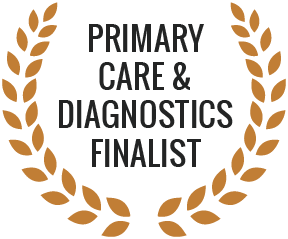If you are concerned about whether or not to have a skin abnormality removed, want to discuss your options, have a new lesion that has recently appeared on your skin, or have noticed changes to an existing lesion, please make an appointment to speak to one of our consultant dermatologists, who can examine you, help you with a diagnosis, & advise you of the best & safest options for treatment.
Definition
A lesion is a blemish, area of discoloration, or change to the skin surface. Types of lesion include age spots (lentigines), macules (small & flat), papules (small, elevated bumps such as warts, rashes, or lichen planus), plaques (slightly elevated, larger patches), nodules (firm lumps beneath the skin such as cysts, lipomas & fibromas), & pustules (usually a sign of infection).
Symptoms
Most lesions are benign, & many do not have any symptoms.
The characteristics of a lesion include a raised area of skin or bump (these can be pink, red, or skin-coloured), scaly or rough texture to the skin, peeling, bleeding, cracking or very dry skin, & discoloration (a darkening or lightening of the skin at the site of the lesion).
The main symptom of a skin lesion that needs to be checked by a doctor is the development of a discolored or raised patch on the skin that doesn’t go away. There may be nothing else unusual about the lesion, & it may not be painful. If you notice a mark on your skin that is new, & which does not heal, it is recommended that you make an appointment with a dermatologist to get it checked out.
Some other types of lesion include skin tags, skin growths (dermatofibromas), lipomas (fat deposits underneath the skin), cysts (pilar cysts, epidermoid cysts), basal cell papillomas, warts, & spider veins.
There are different types of skin cancer that can be diagnosed through skin lesions.
Melanoma is the most aggressive & fast-growing form of skin cancer, which is dangerous when untreated because it can spread to other organs in the body. The main symptoms of melanoma is a new mole, or a change to the appearance of an existing mole.
Two other common forms of skin cancer, which are different to melanoma, are basal cell carcinoma & squamous cell carcinoma. A basal cell carcinoma usually begins as a small red or pink lump. It can have a pearly, waxy, or scaly quality, & then will either form a painless ulcer, crust over, or bleed. A squamous cell carcinoma begins as a small, firm, pink lump. Its surface may be crusted, scaly, or flat. These usually feel tender to the touch & bleed easily.






















